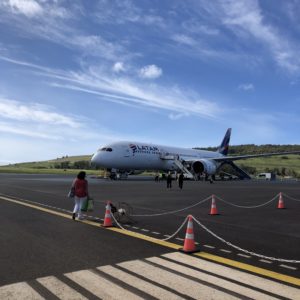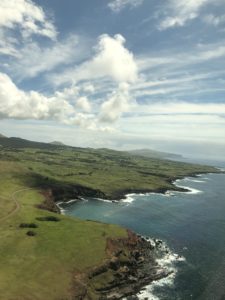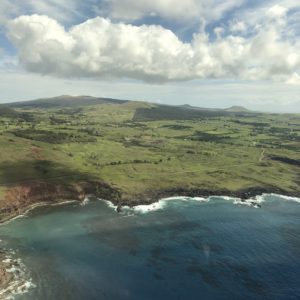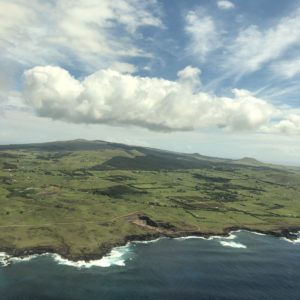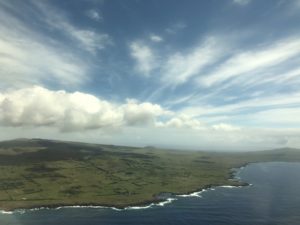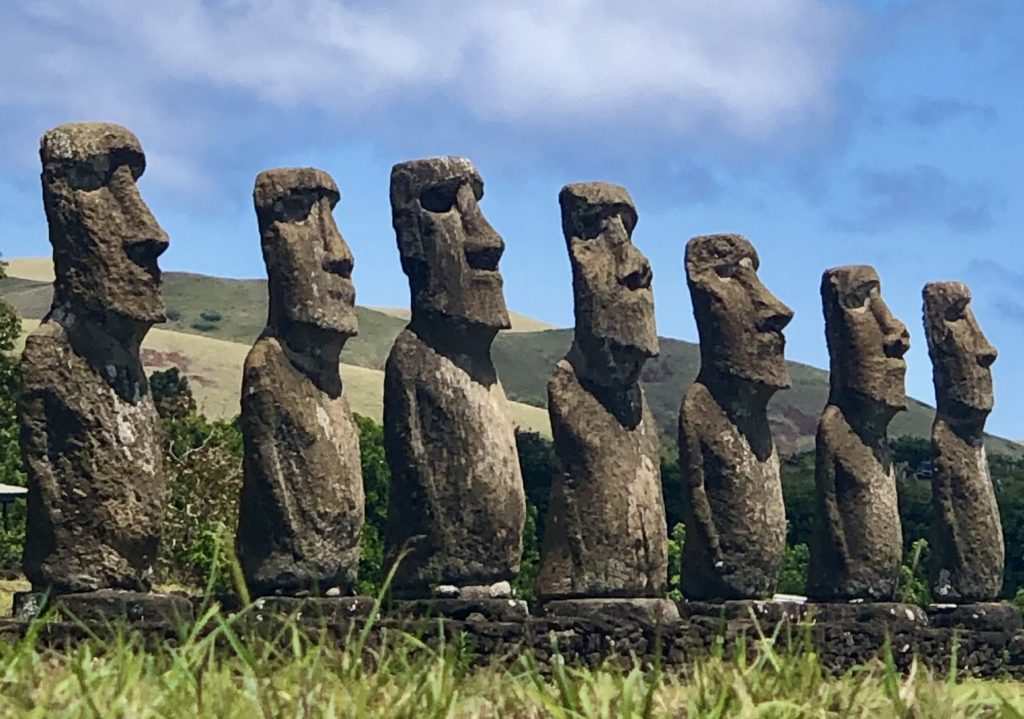2019 Dec. Easter Island. Isla de Pascua. Rapa Nui. Chile.
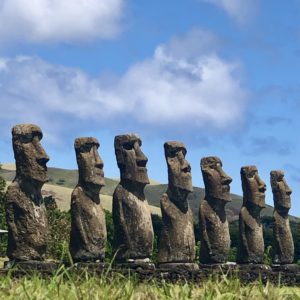
So so glad I made it to Easter Island after all, following the horrible experience in Santiago the day before. I was very thankful and counted my blessings for the miracle, and decided to focus on enjoying my long anticipated trekking holiday and making the best out of it.
Easter Island, Isla de Pascua, or Rapa Nui, is a remote volcanic island in Polynesia, famous for its archaeological sites, including nearly 900 monumental statues called moai created by inhabitants during 13-16th centuries. Easter Island is one of the most remote inhabited islands in the world, and an UNESCO World Heritage Site with much of the island protected within the Rapa Nui National Park. The flight from Santiago took 5 hours, that is how remote Easter Island is from urbanisation.
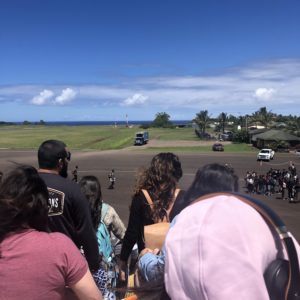
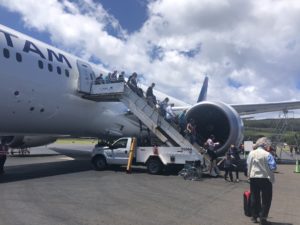
There are additional requirements like completing an online entry form 72hr before your flight to Easter Island. Park entrance ticket (about USD88) can be bought at the airport upon arrival, though our local guide knew his way around and took us to CONAF office in Hanga Roa to skip the long queue. We stayed at Hotel Altiplanco Rapa Nui, rooms were individual units spread out in the garden compound.
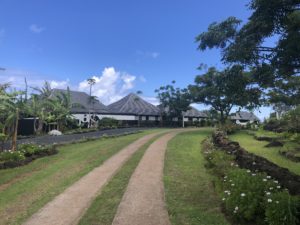
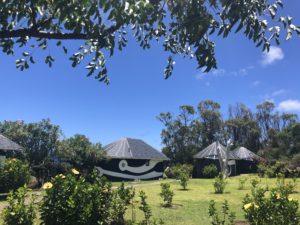
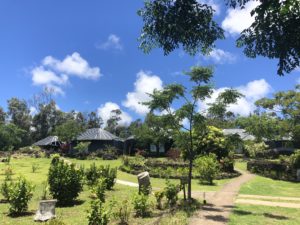
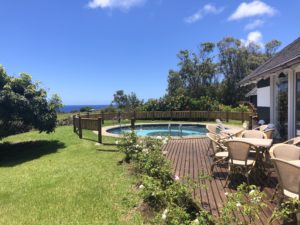
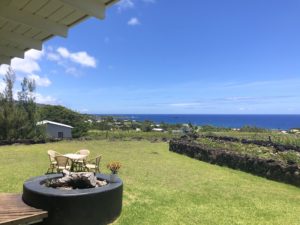
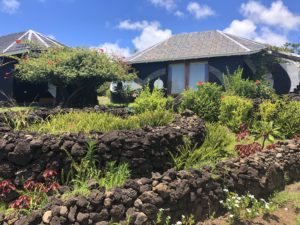
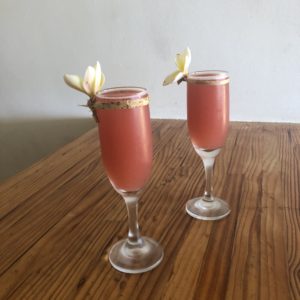
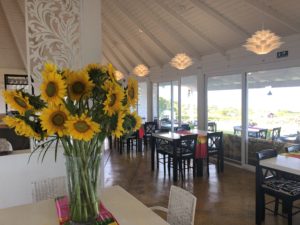
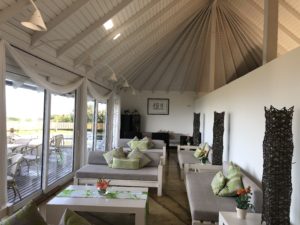
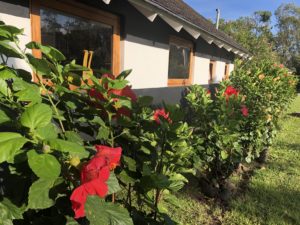
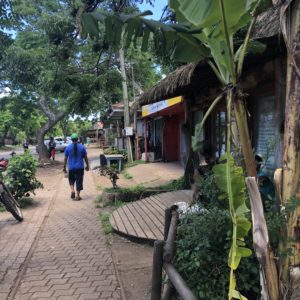
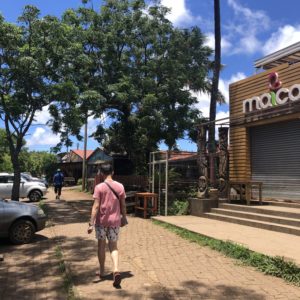
We started our guided tour after check in and a quick munch. Our guide Jose Ika (ikanimes@hotmail.com), a native Rapa Nui, was very knowledgeable and generous in sharing his ancestors’ history, culture and stories with us during the 2 days we spent together. We started with Ahu Akivi, an archaeological site featuring 7 moai positioned to face the setting sun during the Spring Equinox.
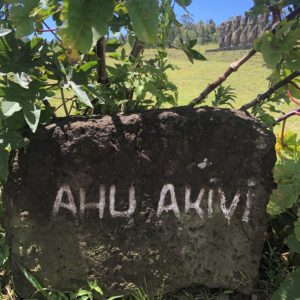
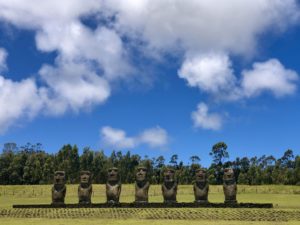
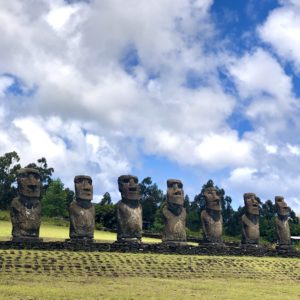
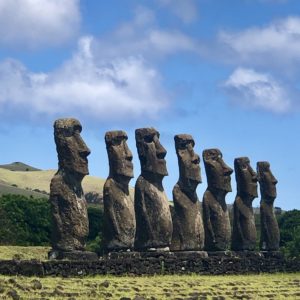
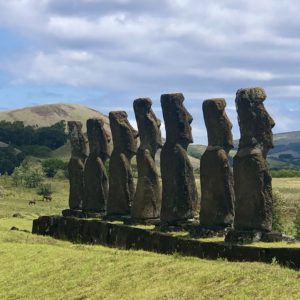
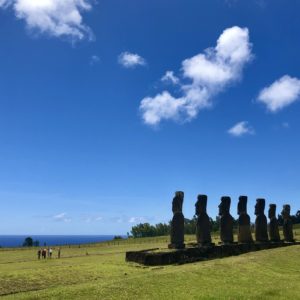
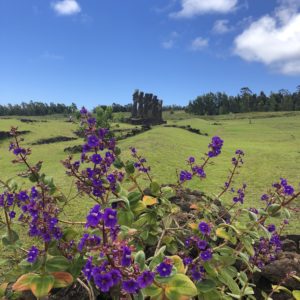
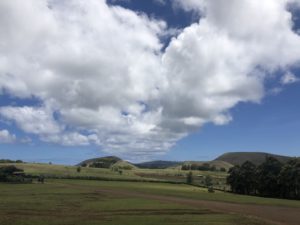
Next was Puna a Pau, a rock quarry known for the red scoria extracted to carve decorative elements for moai.
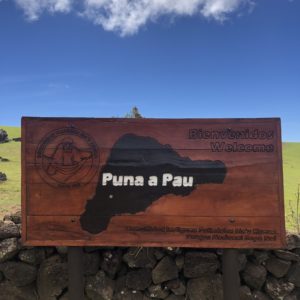
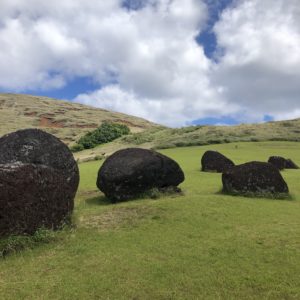
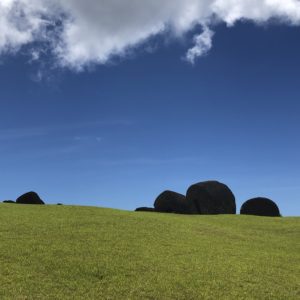
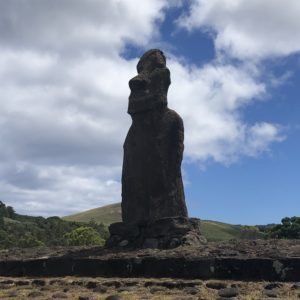
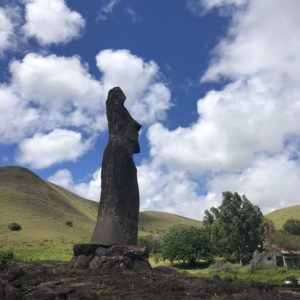

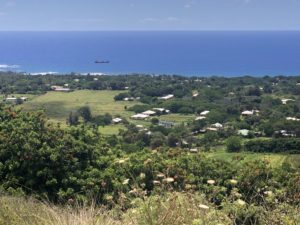
During 18th and mid-19th centuries, Orongo was the centre of a Birdman cult whose defining ritual was an annual race to bring the first manutara (sooty tern) egg back undamaged from the nearby islet of Motu Nui to Orongo. In the 1860s, most of the Rapa Nui islanders died of disease or were enslaved, and when the survivors were converted to Christianity, Orongo fell into disuse.
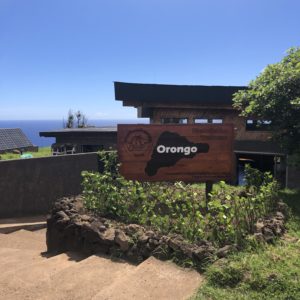
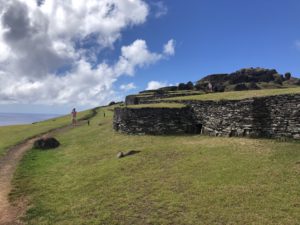
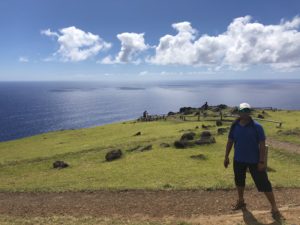
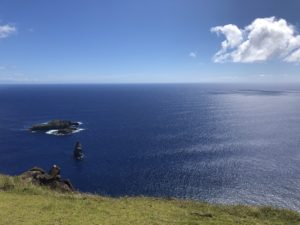
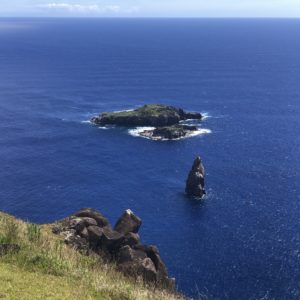
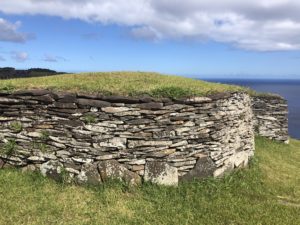
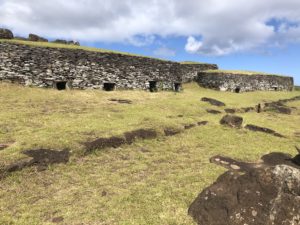

Rano Kau is a crater lake in Orongo, and one of the island’s only three natural bodies of fresh water.
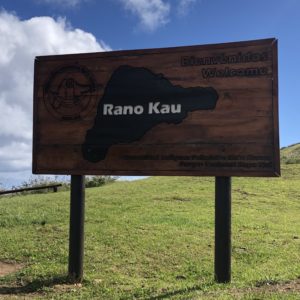
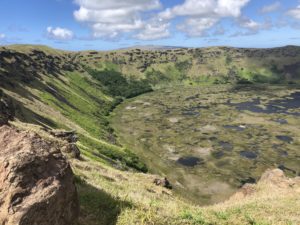

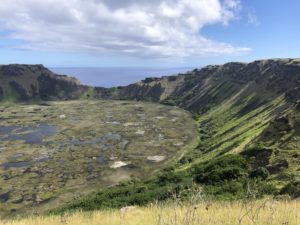
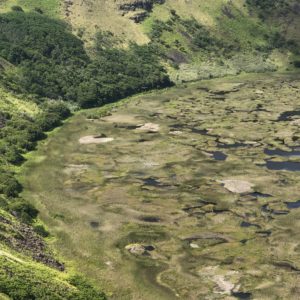
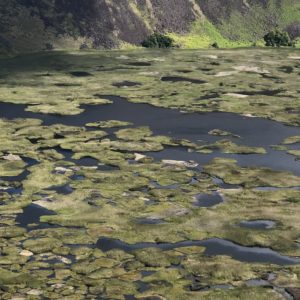
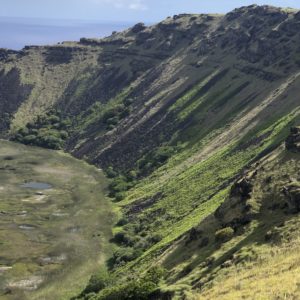
We explored Tahai on our own, as it was within walking distance from our hotel. In fact we came here at dusk to watch sunset, at night to star gaze which was super amazing, and at dawn to catch daybreak.
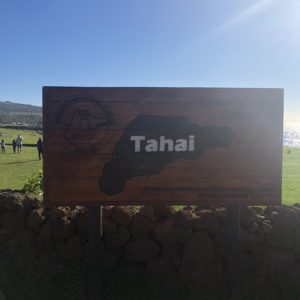
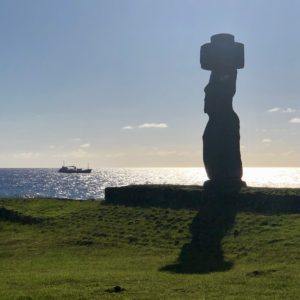
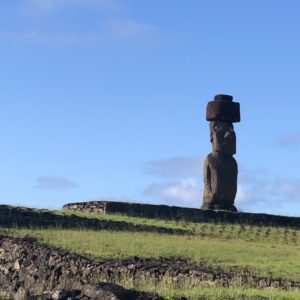
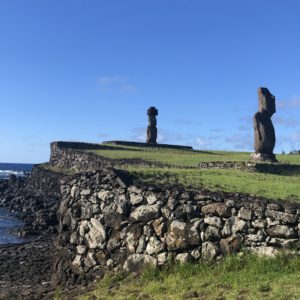
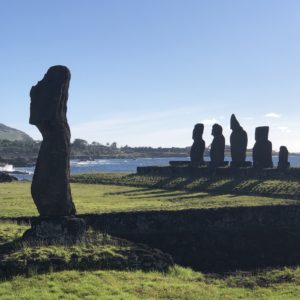
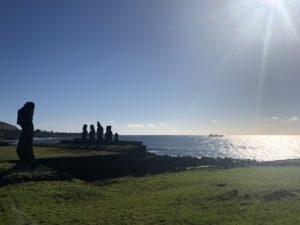
We even chanced upon a tourist couple getting married in a traditional ceremony.
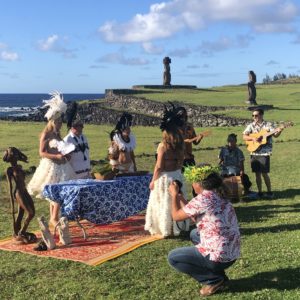
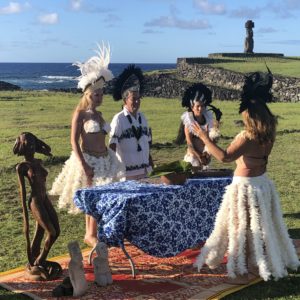
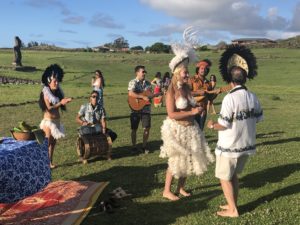
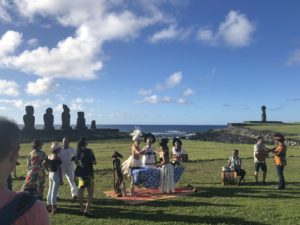
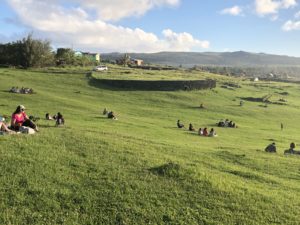
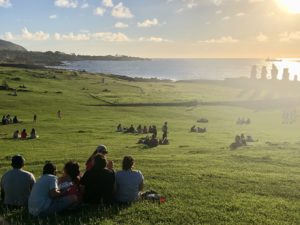
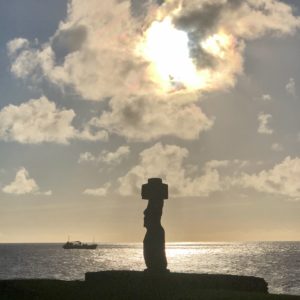
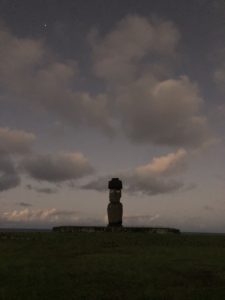
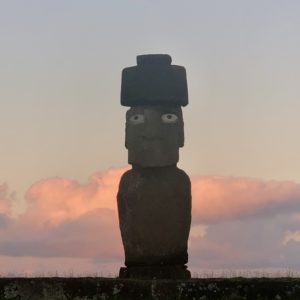
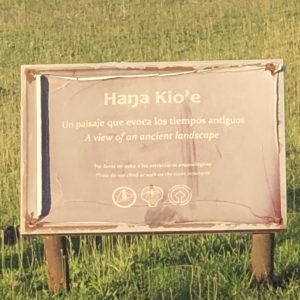
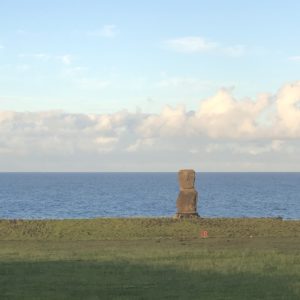
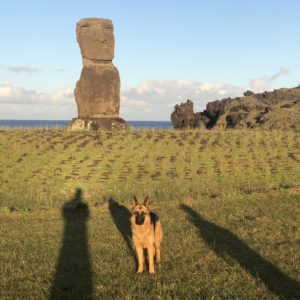
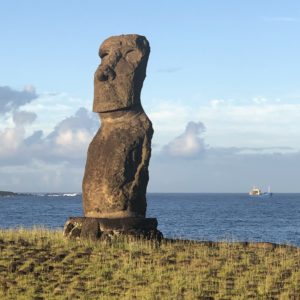
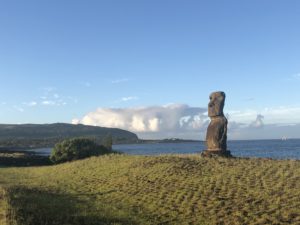
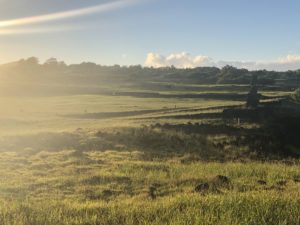
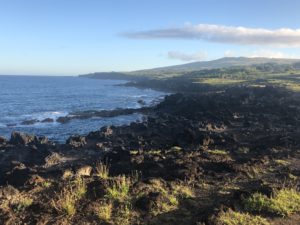
The next day was a full day guided tour of the main Rapa Nui National Park, which spanned across the island.
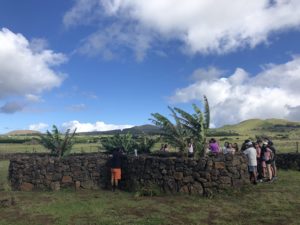
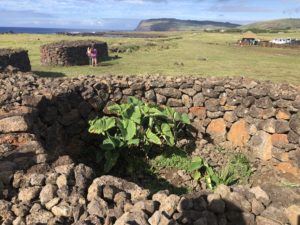
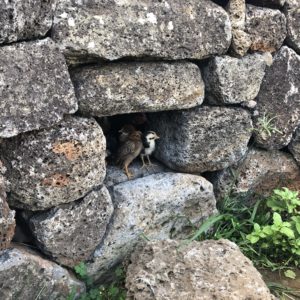
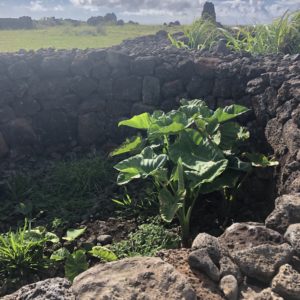
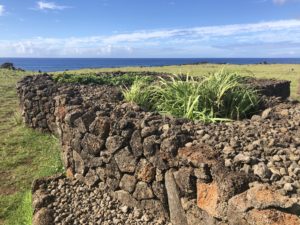
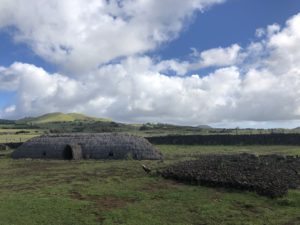
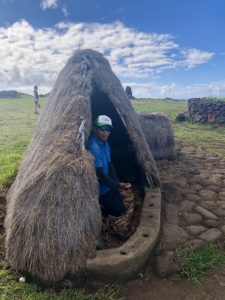
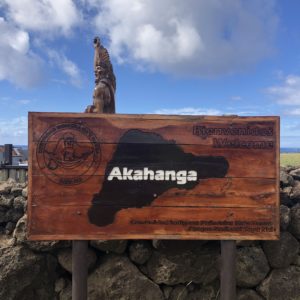
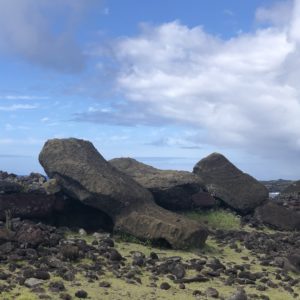
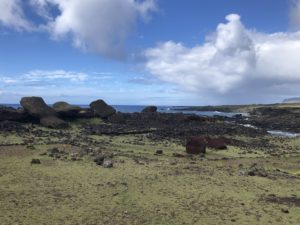
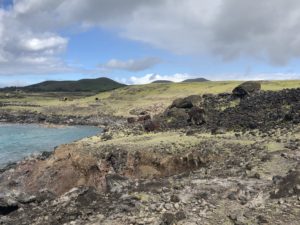
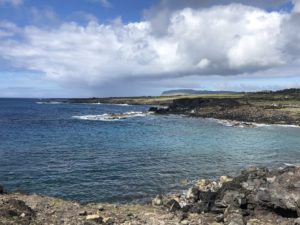
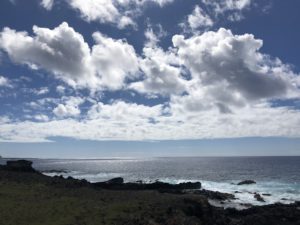
Rano a Raraku was a quarry for about 500 years until the early 18th century, and supplied the stone from which about 95% of the island’s known moais were carved from.
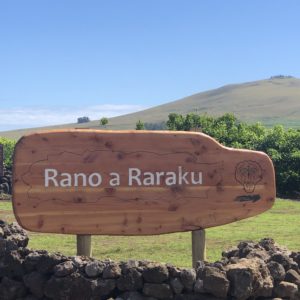
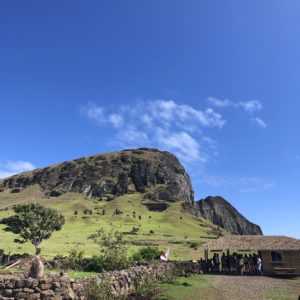
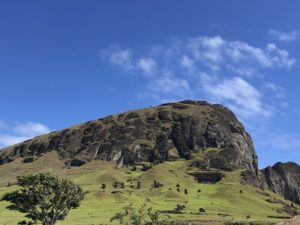
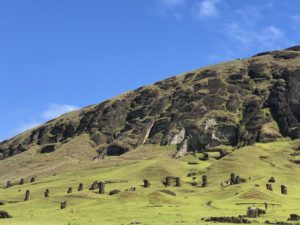
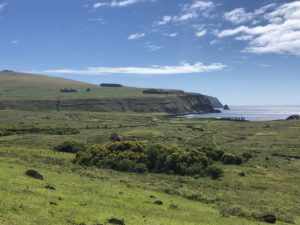
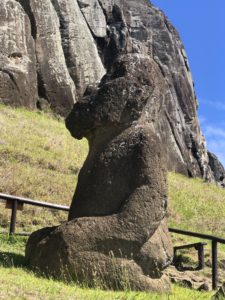

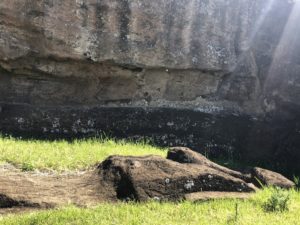
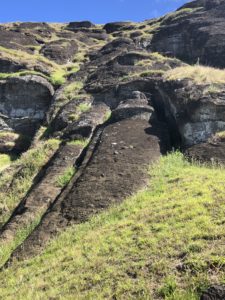
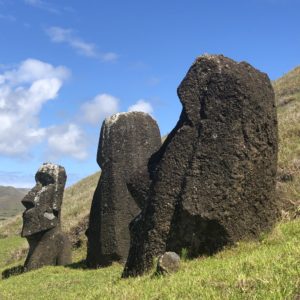
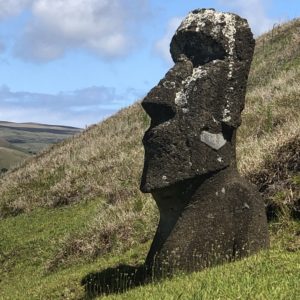
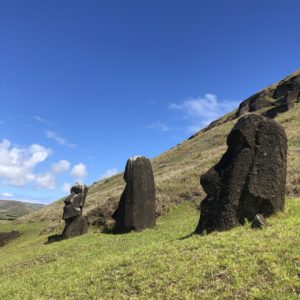
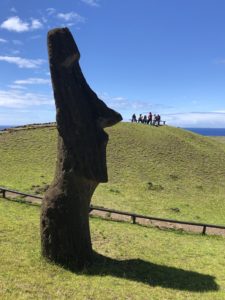
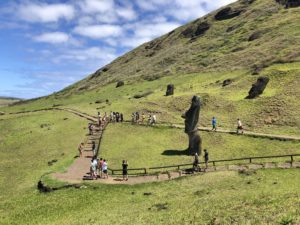
Tongariki is the largest ahu on Easter Island. Its moai were toppled during the island’s civil wars, and in the 1960 swept inland by tsunami. It has since been restored and has 15 moai, including one that weighs 86 tonnes, the heaviest erected on the island.
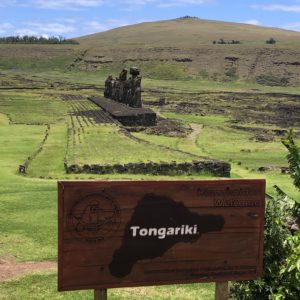
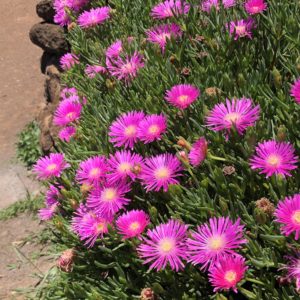
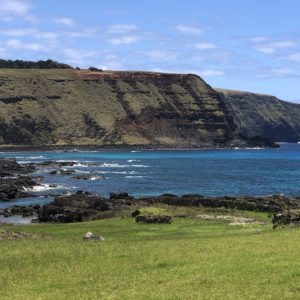
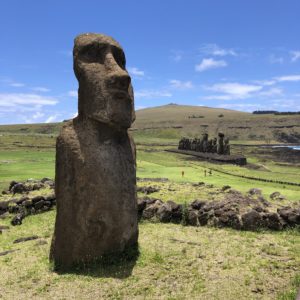
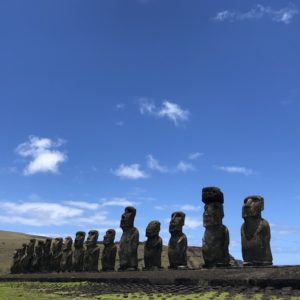
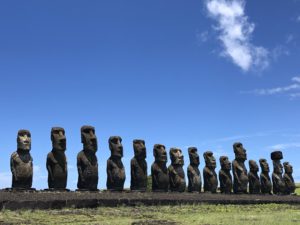
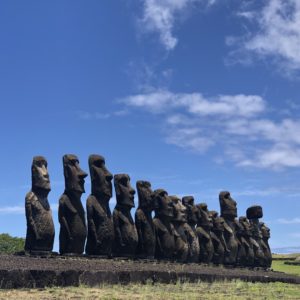
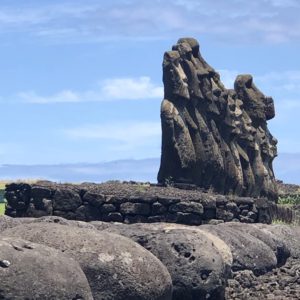
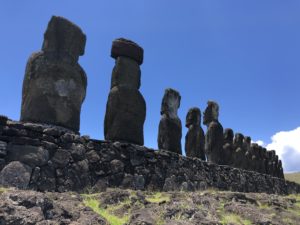
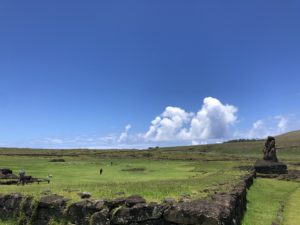
Anakena is a beautiful white sandy beach with turquoise water, backed by a palm tree grove & ahus with moais.

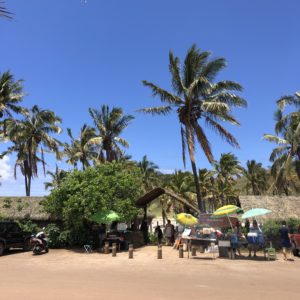
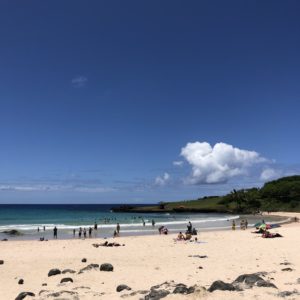
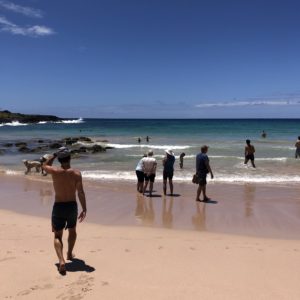
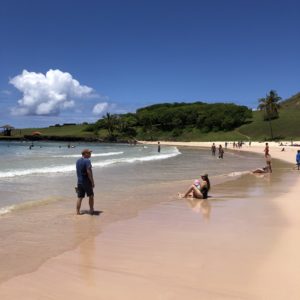
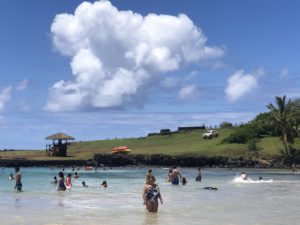

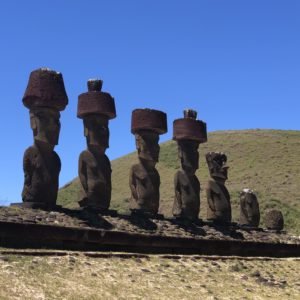
On our last night, we walked to Tahai again and had a nice dinner at Te Moai Sunset Restaurant.
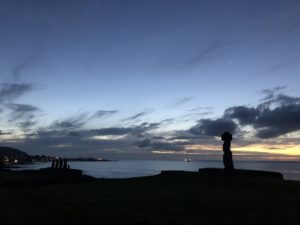
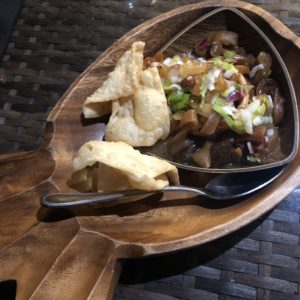
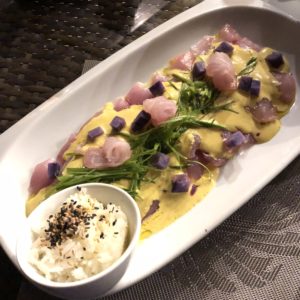
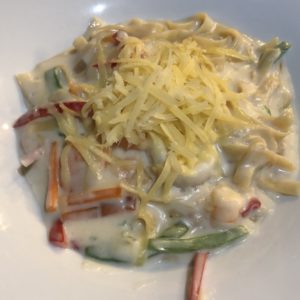
The next morning, we flew back to Santiago for layover before continuing our journey to trek in Patagonia.
